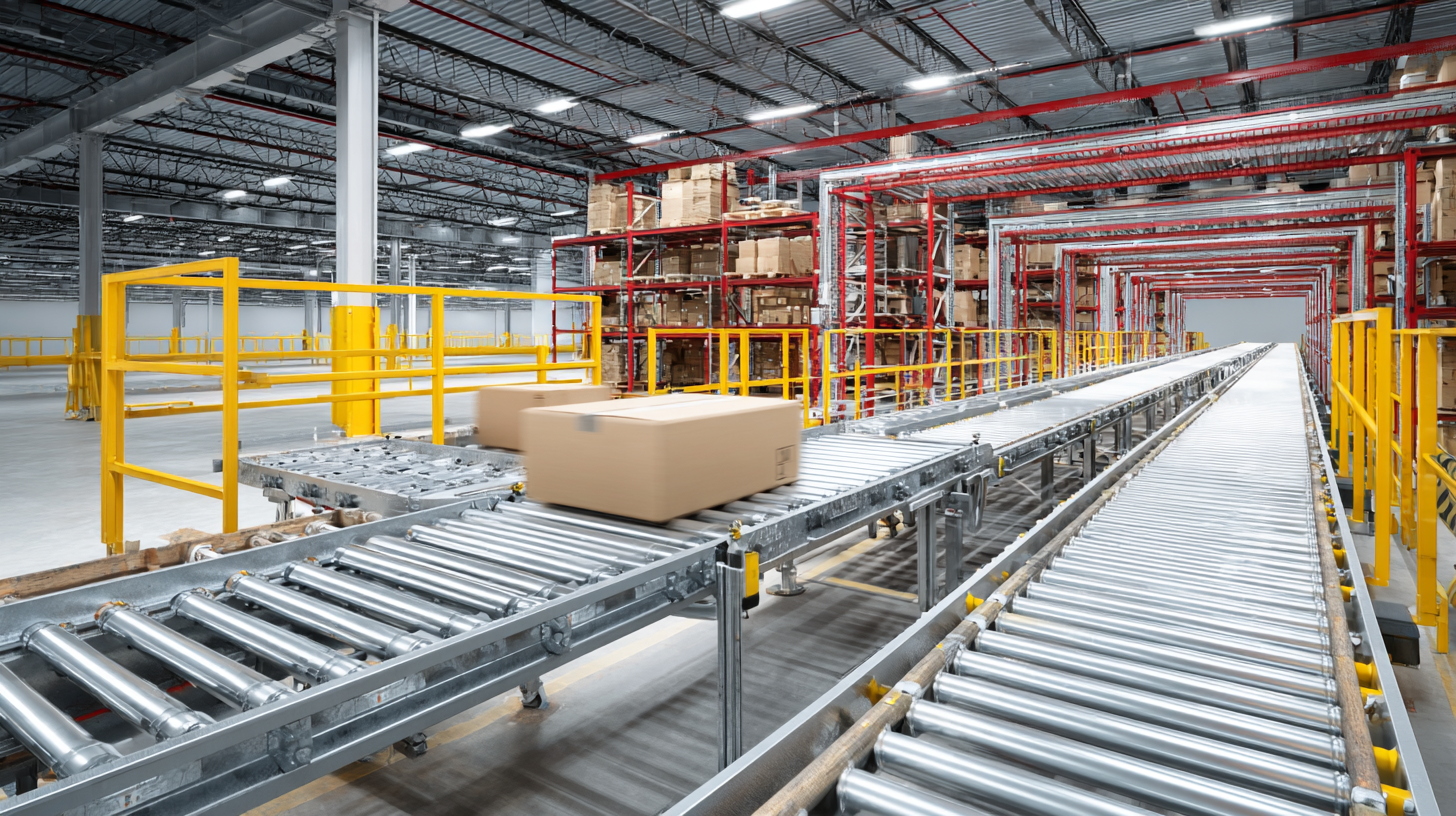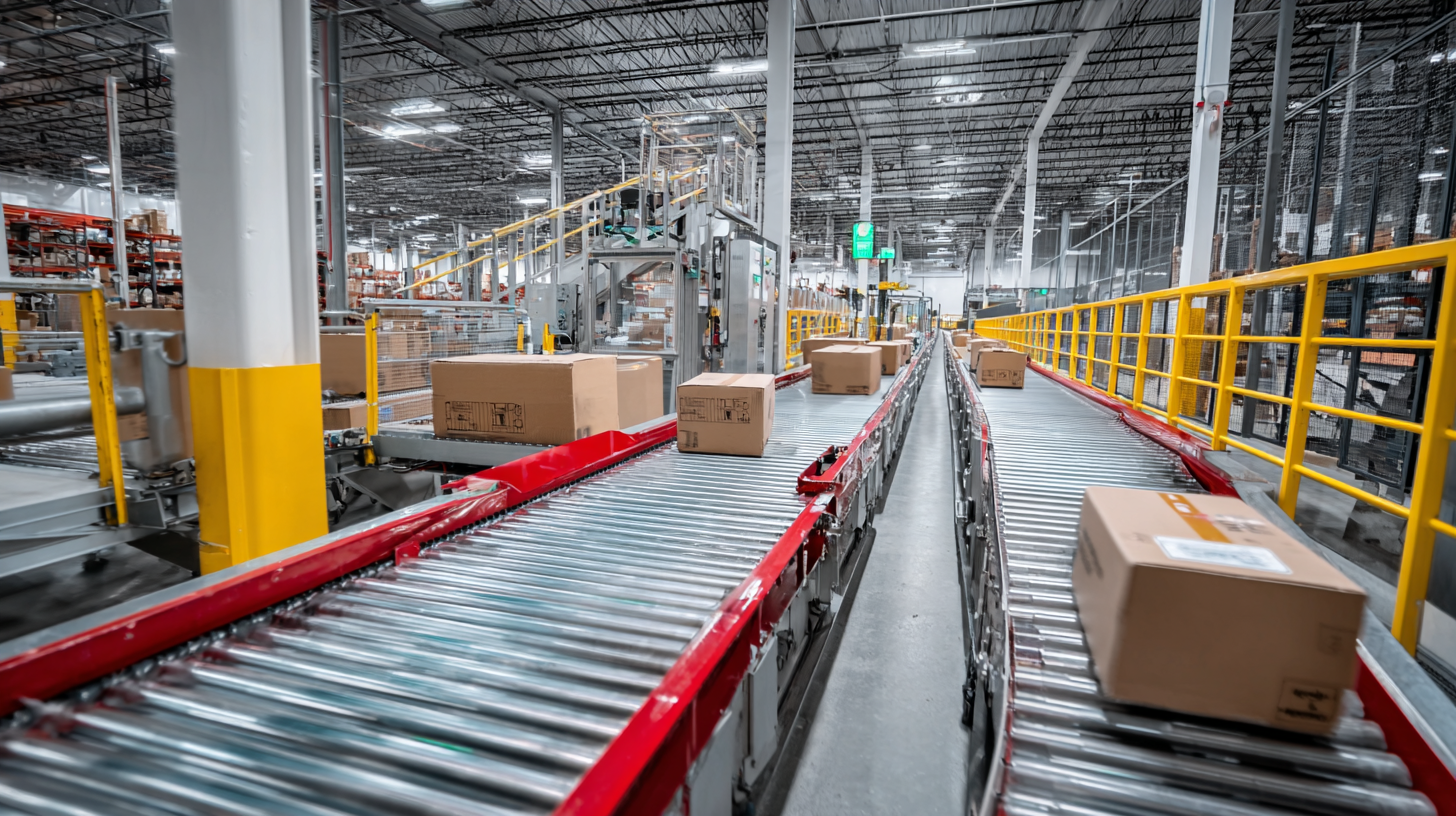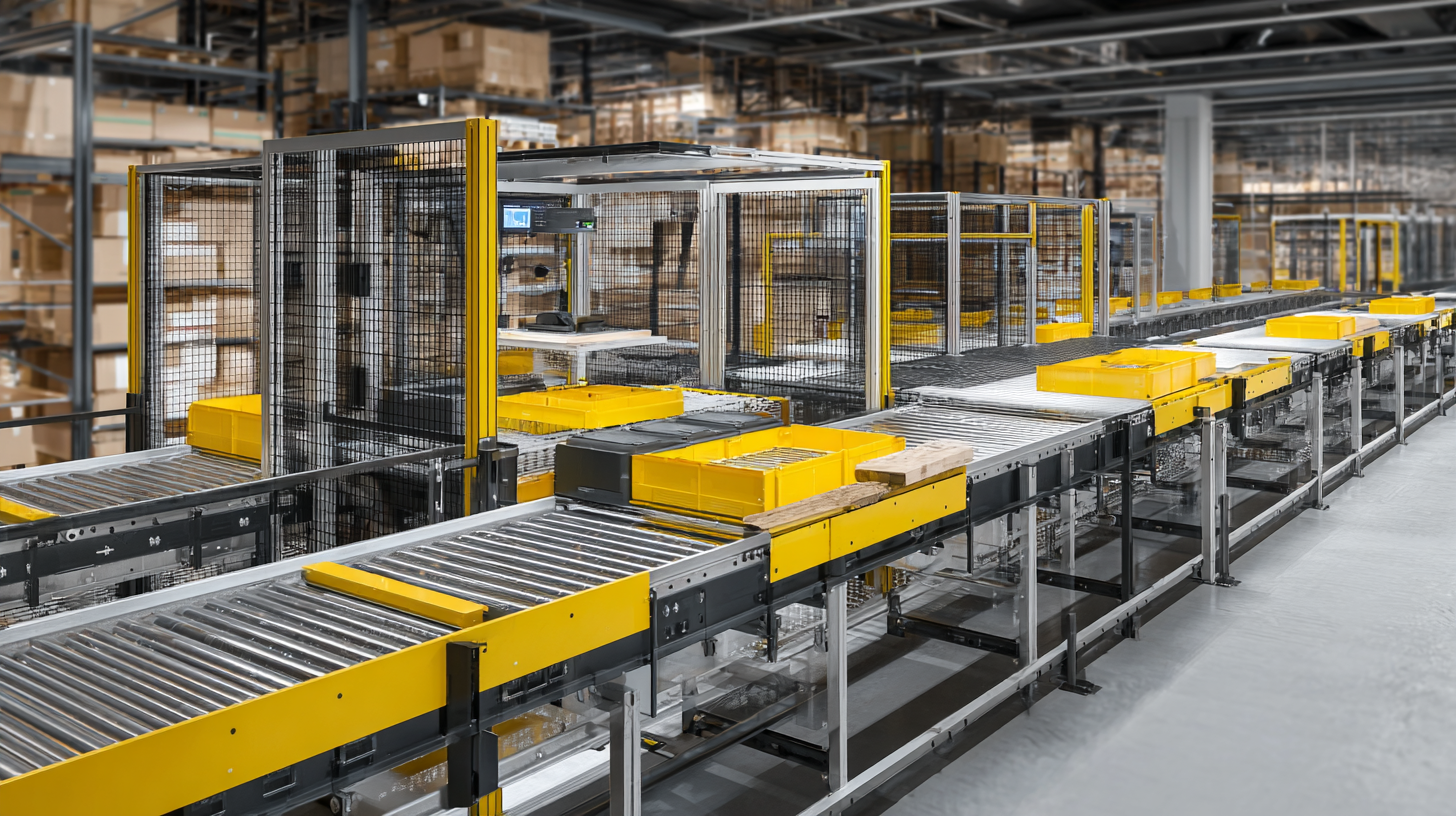In the rapidly evolving landscape of modern warehousing, efficient operations are paramount, and innovative Conveyor Systems are at the forefront of this transformation. According to recent industry reports, the global conveyor system market is projected to reach USD 7.3 billion by 2025, growing at a CAGR of 4.8% from 2020. This growth is largely driven by the increasing demand for automation in warehouses, as companies strive to enhance productivity and reduce operational costs. Furthermore, advancements in technology, such as AI and IoT integration, are paving the way for smarter, more adaptable conveyor solutions that can meet the diverse needs of today's logistics challenges. As we look ahead, exploring alternatives and emerging technologies in conveyor systems will be crucial for companies aiming to maintain a competitive edge in the warehousing sector.

The evolution of modern conveyor systems is greatly influenced by several key factors driving innovation. According to a report by ResearchAndMarkets, the global conveyor system market is projected to reach $9.2 billion by 2027, growing at a compound annual growth rate (CAGR) of 4.7%. This growth is largely spurred by the increasing demand for automation in warehousing and logistics, as companies seek to improve efficiency and reduce operational costs. Innovative technologies such as wireless communication and IoT integration are enabling conveyor systems to be smarter, providing real-time data analytics and seamless connectivity that enhance productivity and decision-making processes.
Another critical factor contributing to the advancement of conveyor systems is the heightened focus on sustainability. A recent study by the Material Handling Industry (MHI) states that nearly 75% of warehouse operators consider sustainability a key driver for their operational strategies. This shift has led to the innovation of eco-friendly materials and energy-efficient designs in conveyor manufacturing. As organizations aim to minimize their carbon footprints, conveyor systems that utilize regenerative braking and energy-efficient motors are becoming increasingly popular, aligning with global efforts toward sustainable practices in warehousing.
Thus, the dynamic interplay of automation demands and sustainability goals is reshaping the landscape of conveyor systems, reflecting broader trends within the warehousing industry. As these factors drive innovation, businesses are positioned to not only enhance their operational efficiencies but also to contribute positively to environmental stewardship.
In today's fast-paced logistics environment, the role of automation in enhancing warehouse efficiency has become increasingly pivotal. A recent study by the Warehouse Automation Report (2023) highlights that companies implementing advanced automation solutions have seen efficiency gains of up to 30%. Automated guided vehicles (AGVs) and robotics systems streamline the movement of goods, reducing the time required for manual handling and optimizing space utilization. This transformation is essential as e-commerce continues to surge, with the Global E-commerce Report estimating a 20% annual growth rate in online sales.
Moreover, the integration of automated conveyor systems is enhancing the speed and accuracy of order fulfillment. According to the Materials Handling Industry of America (MHIA), warehouses that have adopted automated conveyor solutions report a 25% reduction in order processing times. These systems minimize human error and improve tracking accuracy, with sophisticated software allowing real-time data monitoring. As businesses increasingly recognize the benefits of automation, investing in innovative conveyor systems is essential for maintaining competitive advantage in modern warehousing.

In the contemporary warehousing landscape, the integration of sustainable practices in conveyor design and manufacturing is becoming increasingly vital. According to a recent report by the Warehousing Optimization Consortium, approximately 24% of operational costs are attributed to energy consumption in warehouse operations. By employing energy-efficient motors and variable frequency drives, companies can reduce their energy usage by over 30%, leading to significant cost savings and a smaller carbon footprint. This shift not only enhances the operational efficiency of conveyor systems but also aligns with global sustainability goals.
Moreover, the use of recycled materials in the production of conveyor components has gained traction. A report from the Eco-Conveyor Initiative highlights that incorporating recycled plastics and metals can decrease the overall environmental impact of conveyor systems by up to 20%. Additionally, manufacturers are increasingly adopting modular designs that extend the lifespan of their systems and reduce waste. These innovative approaches not only meet regulatory demands but also resonate with consumers who prioritize sustainability. By pivoting towards eco-friendly materials and designs, warehouse operations can effectively enhance their productivity while championing a greener future.
| Conveyor Type | Efficiency Rating (%) | Sustainability Practices | Energy Consumption (kWh/m^3) | Material Used |
|---|---|---|---|---|
| Belt Conveyor | 85 | Recycled Materials, Low-energy Motors | 0.5 | Rubber and Steel |
| Roller Conveyor | 90 | Modular Components, Energy-efficient Design | 0.4 | Aluminum |
| Chain Conveyor | 75 | Low-friction Materials, Reusable Designs | 0.7 | Steel |
| Overhead Conveyor | 88 | Lightweight Materials, Efficient Pulley Systems | 0.6 | Plastic and Steel |
| Modular Conveyor | 92 | Customizable, E-waste Minimization | 0.3 | Composite Materials |
In modern warehousing, the implementation of effective conveyor systems has proven to be a game changer for operational efficiency. Case studies from various sectors highlight how innovative conveyor solutions not only streamline processes but also enhance productivity. For instance, a leading e-commerce company recently revamped its facilities by integrating automated conveyor systems that reduce manual handling. This implementation enabled the firm to handle peak season demands easily, illustrating the pivotal role of conveyors in high-volume operations.
Another notable example comes from a large retail distribution center that faced challenges with order accuracy and speed. By incorporating a modular conveyor system designed for flexibility and scalability, the center was able to optimize its workflows significantly. The new system allowed for real-time tracking of inventory and orders, resulting in faster dispatch times and reduced errors. These case studies underscore the importance of tailored conveyor solutions in contemporary warehousing, demonstrating their capacity to meet diverse operational needs while driving continuous improvement.

The future of conveyor technology in global markets is poised for remarkable advancements, largely driven by automation and the demand for efficiency in modern warehousing. According to a recent study by IBISWorld, the conveyor systems market is projected to grow at a CAGR of 3.5% from 2023 to 2028, highlighting the increasing importance of these systems in logistics and supply chain management. The integration of IoT and AI technologies allows for real-time monitoring and predictive maintenance, significantly reducing downtime and operational costs.
**Tip:** When selecting a conveyor system, consider the specific needs of your warehouse operations and explore options that offer modular designs and scalability to accommodate future growth.
Additionally, sustainability trends are shaping the conveyor technology landscape. Companies are increasingly opting for energy-efficient systems that contribute to reducing their carbon footprint. A report from the Material Handling Industry of America (MHIA) indicates that energy-efficient conveyor systems can decrease operational energy costs by up to 25%. Implementing such technologies not only boosts productivity but also aligns with global sustainability goals.
**Tip:** Invest in energy-efficient conveyor solutions, as they not only lower operational costs but also enhance your company's reputation as an environmentally conscious business.
